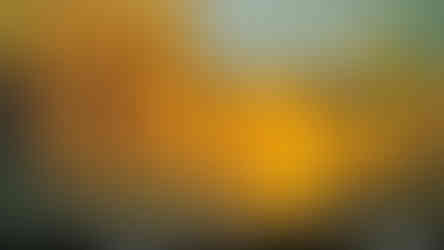The 2019 field season at Bardiya National Park, Nepal started in February. The Biome Health Project team and the Institute of Forestry, Tribhuvan University had spent a month in Kathmandu preparing and were all very excited when we arrived at the park. We would spend several months collecting photos and audio recording of the biodiversity inside and outside of the National Park.
The weather was changeable, we got lost and the truck got stuck mud. At one point I thought we would never deploy all 150 cameras and 53 audio recorders. Field work is all about perseverance and we eventually installed the equipment in the field, but we did go over schedule. The first few weeks were the most challenging with most location we visited being agricultural. It was tricky to find a good spot for the equipment and locate the correct landowner who would let us use his land. We could only complete 4 or 5 a day which was a snail’s pace. Once we got inside the National Park, we were able to deploy almost 10 a day.

After leaving our cameras out in the field for a month it was time for us to change the SD cards and the batteries. We started outside the buffer zone where the majority of our cameras sit in agricultural fields. We didn't know what to expect, would we get anything at all, the locals had told us they’d seen several species of wild animals but would they materialise once our cameras where shooting. The first camera we visited had many photos of the village children who had come to see the camera and a few cows and goats. In amongst these we had the first snap of wildlife which was a jungle cat strolling past in the mid-morning. The team was super exited that we had wildlife on our first camera.

Tourists come to Nepal for one of two reason: trekking in the Himalayas or going on safari. Nepal can boast some of the best wildlife in the world and there are three species that every visitor wants to catch a glimpse of and that's tigers, rhinos and elephants. It was within the national park that we collected our first images of these magnificent creatures. It didn’t take long; in fact, it was the first camera we checked. The Browning cameras we use have a screen that you can browse through the images. As we flicked through the photos, we came across a tiger the whole team went wild! At a different camera but on the same day we had captured a rhino to the team’s delight. However, it wouldn’t be for another 6 days till the team got a photo of a group of elephants on the other side of the park.
Before the monsoon starts in June, the lowlands of Nepal become a high risk for forest fires. Even with our best efforts of clearing leaves and foliage to minimise the risk, the fires were just too big in some locations and a few of the cameras got caught up in the blaze. When the cameras did get caught up in the fire it did make for some stunning photos albeit with a fuzzy hue. One fire damaged camera captured a group of elephants, but the photos appear to be taken through beer googles.
Other research groups in the area had warned us our cameras may not be safe as they had lost many cameras to vandals. For our best efforts of involving local people and incentivising them to look after each one, we still had losses. The number of camera losses was much lower than we or anyone had expected. At one location, someone had axed through the security cable and ripped the camera off the tree. Two more cameras were vandalised, they had the motion sensors ripped out and the camera lens smashed. Having only three cameras broken by vandals was a success down to our involvement of local surveillance officers.
We had numerous captures of spotted deer, wild boar and even tigers. But a few species only popped up only once or twice on our cameras. We had two captures of a honey badger, one capture of a yellow-throated marten and one leopard cat.
In May it was time for us to collect the equipment from the field before the monsoon started. The collection period went much more smoothly than the installation phase. The last day of field work came around and the last camera we had to collect was on the fringe of a forest. It was close to a small settlement so there were few wildlife species in the area. The final animal on the camera was a wild boar trotting past in the middle of the night.

























Comments